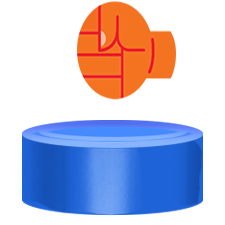Steam'i Yükleyin
giriş
|
dil
简体中文 (Basitleştirilmiş Çince)
繁體中文 (Geleneksel Çince)
日本語 (Japonca)
한국어 (Korece)
ไทย (Tayca)
Български (Bulgarca)
Čeština (Çekçe)
Dansk (Danca)
Deutsch (Almanca)
English (İngilizce)
Español - España (İspanyolca - İspanya)
Español - Latinoamérica (İspanyolca - Latin Amerika)
Ελληνικά (Yunanca)
Français (Fransızca)
Italiano (İtalyanca)
Bahasa Indonesia (Endonezce)
Magyar (Macarca)
Nederlands (Hollandaca)
Norsk (Norveççe)
Polski (Lehçe)
Português (Portekizce - Portekiz)
Português - Brasil (Portekizce - Brezilya)
Română (Rumence)
Русский (Rusça)
Suomi (Fince)
Svenska (İsveççe)
Tiếng Việt (Vietnamca)
Українська (Ukraynaca)
Bir çeviri sorunu bildirin























cool mod
cantonCoord = v.vTexCoord + v.vTexCoordFlag * zoomFactor;
A general formula would be
int2 FlagsPerRowAndColumn = ...; // (16,16), (10,4), or (10,2)
cantonCoord = v.TexCoord + v.vTexCoordFlag / FlagsPerRowAndColmun;
For regular flags, FlagPerRowAndColumn is always (16,16) so your zoomFactor of (1/15,1/15) is quite close, but but custom flags, I have implemented, for a personal mod, a function that returns (10,4) or (10,2) — Vanilla values — which could be useful for your PixelShaderFlagTextColorColony::main.
I know that the texture coordinates of the pattern are treated by the shader as they would be for any regular flags, but I think that the symbol is just another layer, added after the masked flag and before the overlay.